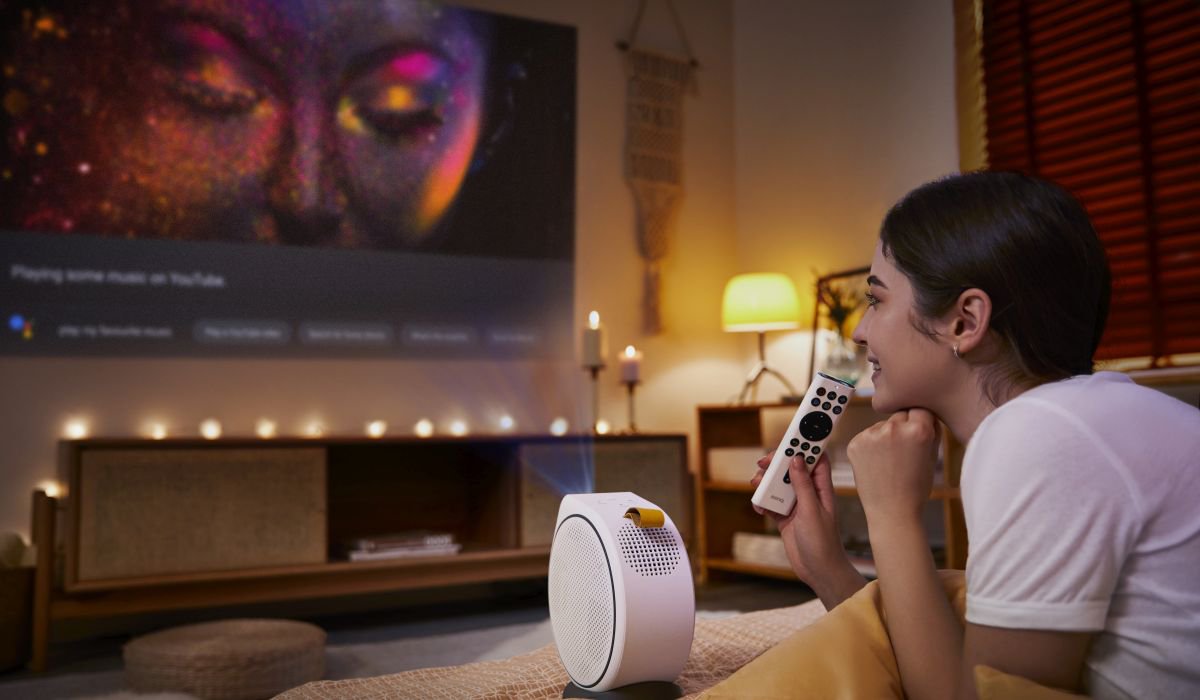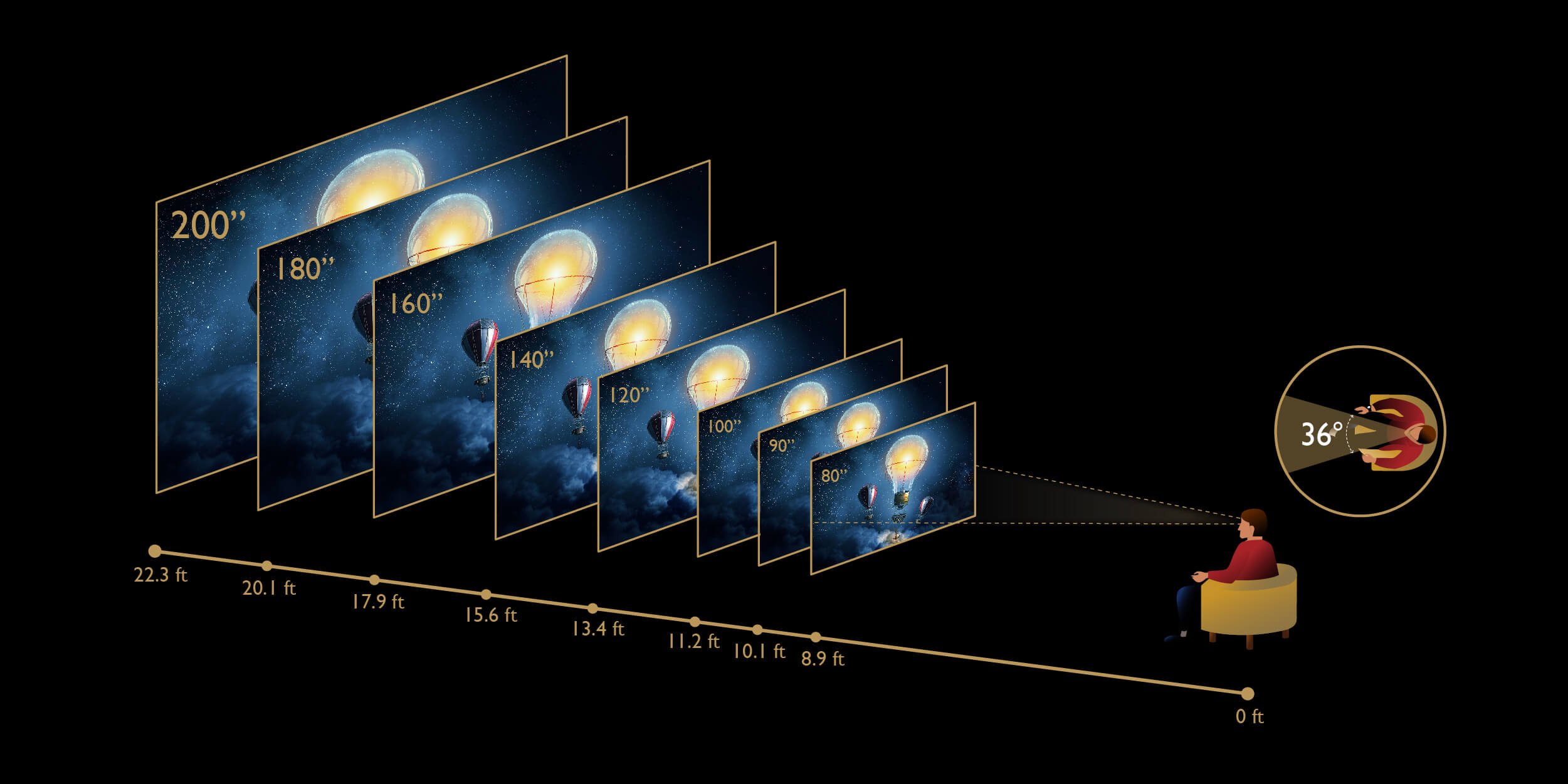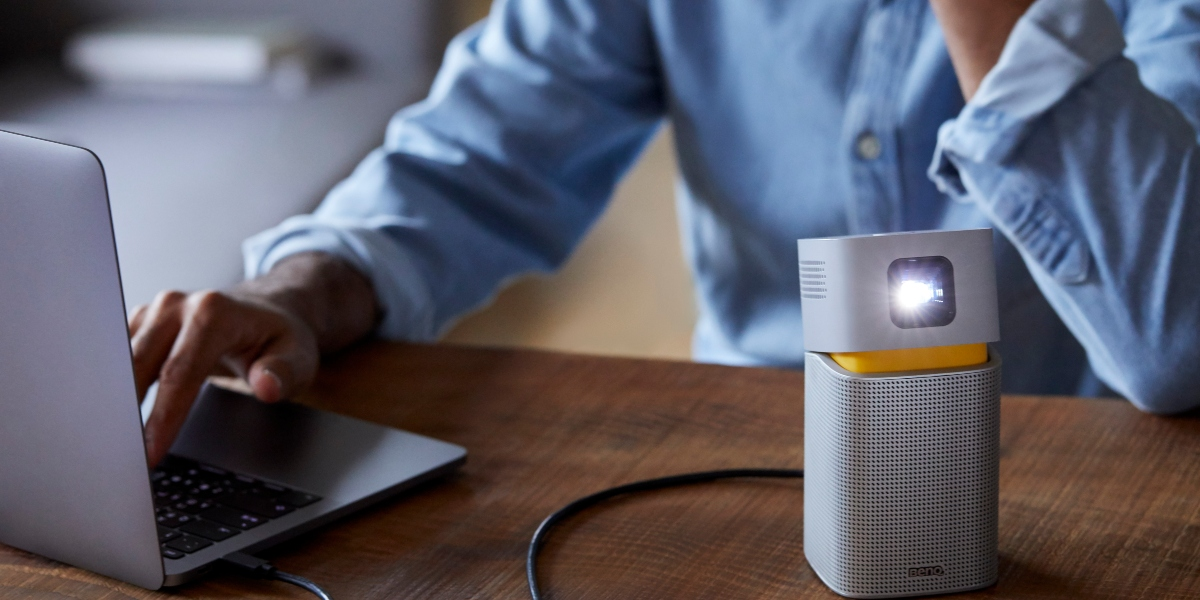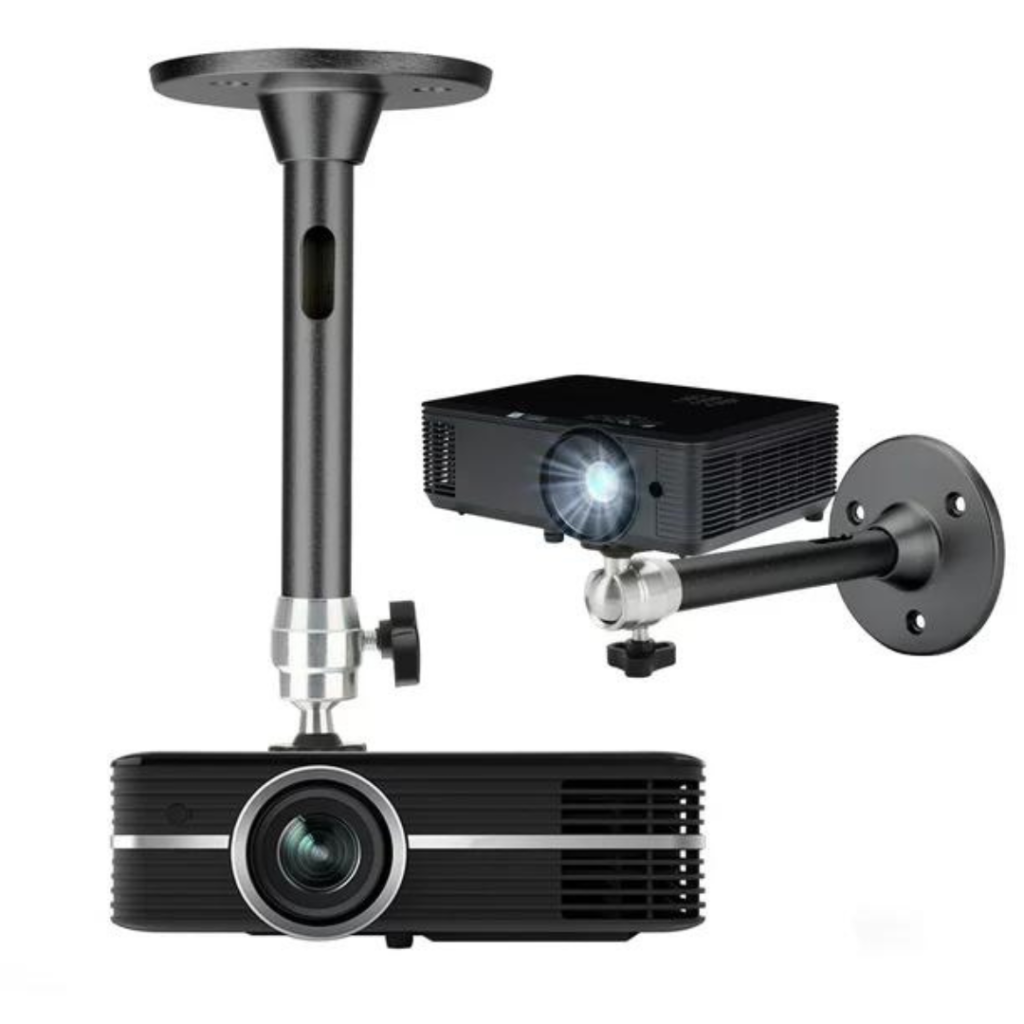
Are you struggling with a projector screen that takes up too much space? Do you wish you could make it smaller without compromising the viewing experience? In this comprehensive guide, we will explore various methods and techniques to help you make your projector screen smaller. From adjusting screen settings to utilizing portable screens, we’ve got you covered. Let’s dive in and discover how to maximize your space while still enjoying the big-screen experience!
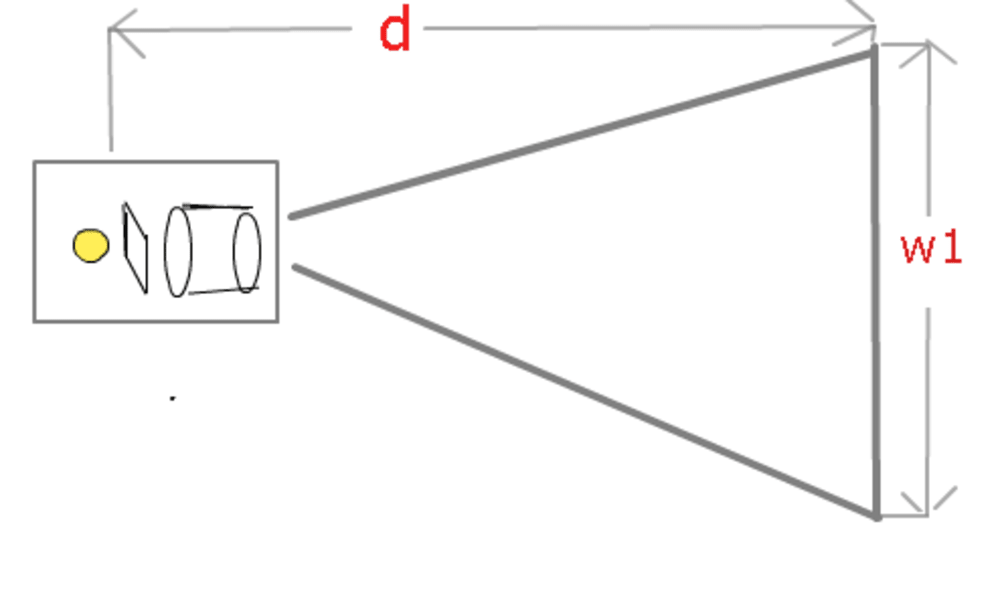
Adjusting the Screen Size Settings
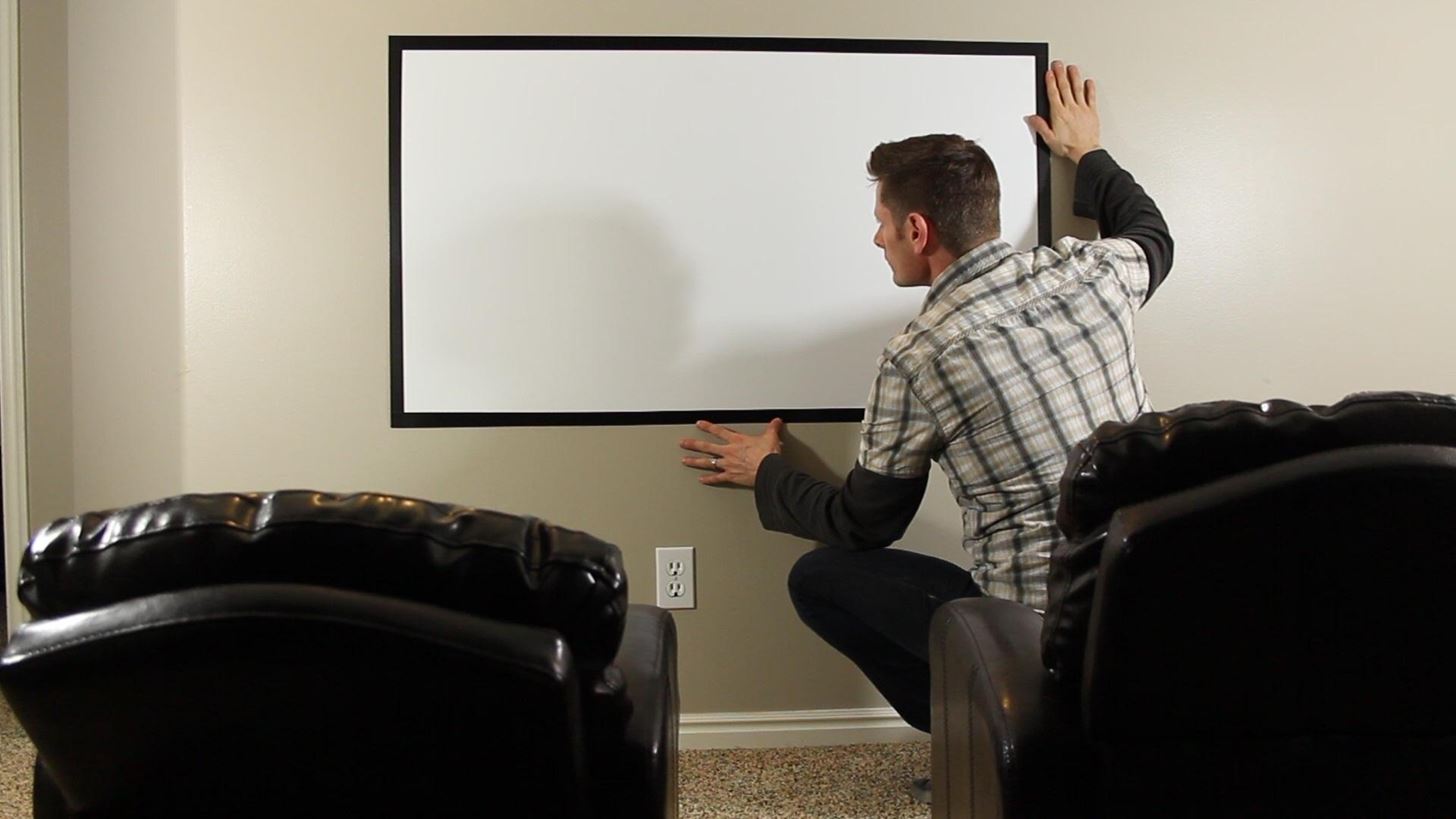
One of the simplest ways to make the projector screen smaller is by adjusting the screen size settings on your projector. Most projectors offer options to increase or decrease the screen size according to your needs. Here’s how you can do it:
- Access the projector menu
Press the menu button on your projector’s remote or control panel to access the settings menu.
- Navigate to the screen size settings
Look for the “Screen” or “Image” settings and select it.
- Adjust the screen size
Depending on your projector model, you may find options like “Screen Size,” “Zoom,” or “Aspect Ratio.” Use the arrow keys to decrease the screen size until it reaches your desired smaller size.
- Save the settings
Once you’ve made the necessary adjustments, select the “Save” or “Apply” option to save the changes. Following these steps, you can easily reduce the screen size and create a more compact projection setup.
Utilizing a Portable Projector Screen
If you’re looking for a more flexible solution, consider utilizing a portable projector screen. These screens are designed to be lightweight and easy to transport, making them ideal for smaller spaces. Here are a few options to consider:
- Retractable Screens
Retractable projector screens are excellent choices for those who want a compact solution that can be easily stored when not in use. These screens can be rolled up and stored in a small case or mounted on the ceiling. They come in various sizes, allowing you to choose the perfect screen size for your space.
- Tripod Screens
Tripod projector screens are another portable option that offers convenience and versatility. These screens have a tripod stand that provides stability and easy setup. When not in use, you can fold the screen and collapse the tripod for compact storage.
- Inflatable Screens
Inflatable projector screens are a unique and fun choice, especially for outdoor movie nights or events. These screens are made of durable materials and can be easily inflated and deflated as needed. Once deflated, they can be packed into a compact bag for storage.
By opting for a portable projector screen, you can enjoy the benefits of smaller screen sizes without sacrificing the quality of your viewing experience.
Optimizing Projection Distance
Another important aspect to consider when aiming to make the projector screen smaller is optimizing the projection distance. By adjusting the distance between the projector and the screen, you can effectively control the screen size. Here’s what you need to do:
- Refer to the projector’s user manual
Each projector model has a specific throw ratio, which determines the distance required for a particular screen size. Refer to the user manual or manufacturer’s website to find the throw ratio for your projector.
- Measure the available space
Measure the distance between the projector’s mounting location or placement area and the screen. This measurement will help you determine the maximum screen size possible within your space limitations.
- Calculate the ideal projection distance
Use the throw ratio and the desired screen size to calculate the optimal projection distance. Most projectors have an online calculator or mobile apps available for this purpose.
- Adjust the projector’s position
Move the projector closer or farther from the screen until you achieve the desired screen size. Make sure to maintain proper alignment and keystone correction for the best image quality. By optimizing the projection distance, you can effectively reduce the screen size to fit your available space.
Mounting the Projector on the Ceiling

If you’re looking to save even more space, consider mounting your projector on the ceiling. Ceiling mounting eliminates the need for a projector stand or table, freeing up valuable floor space. Follow these steps to successfully mount your projector:
- Choose the mounting location
Select a suitable location on the ceiling that allows for proper projection and viewing angles. Ensure it’s close enough to power outlets and within the desired projection distance.
- Check the ceiling structure
Before drilling any holes, check the ceiling structure to ensure it can support the projector’s weight. If needed, consult a professional or use appropriate mounting brackets.
- Mark the mounting holes
Use a pencil to mark the locations for the mounting holes based on the projector’s mounting bracket. Double-check the alignment to ensure a level projection.
- Drill and install the mount
With the appropriate tools, drill the marked holes and install the mounting bracket securely. Follow the manufacturer’s instructions for your specific mounting hardware.
- Attach the projector
Once the mount is securely installed, attach the projector to the mounting bracket. Ensure it’s properly aligned and tightened to avoid any movement or vibration during operation. Ceiling mounting not only saves space but also provides a clean and professional look to your projection setup.
Using Portable Projection Devices
In addition to making the projector screen smaller, you can also consider using portable projection devices to enhance flexibility and convenience. These devices offer alternative ways to enjoy your favorite movies, presentations, or gaming sessions. Here are a few options to explore:
- Pico Projectors
Pico projectors, also known as pocket projectors, are small and lightweight devices that can easily fit in your pocket or bag. Despite their compact size, they can project a decent image onto any flat surface. Pico projectors often come with built-in speakers and rechargeable batteries, making them perfect for on-the-go entertainment.
- Smartphone Projectors
Smartphone projectors utilize the display capabilities of your smartphone to project images and videos onto a larger screen. These portable devices are usually compact and lightweight, allowing you to carry them anywhere. Simply connect your smartphone to the projector and enjoy a big-screen experience.
- Tablet Projectors
Tablet projectors combine the convenience of a tablet with the projection capabilities of a projector. These devices feature a built-in projector, allowing you to enjoy content on a larger screen while still having all the functionalities of a tablet. They are particularly useful for presentations and educational purposes.
By incorporating portable projection devices into your setup, you can further reduce the size and complexity of your projection system while maintaining high-quality visuals.
Frequently Asked Questions (FAQs)
Q1: How can I make my projector screen smaller without compromising the image quality?
A: To make your projector screen smaller without compromising image quality, you can adjust the screen size settings on your projector, utilize a portable projector screen, or optimize the projection distance. By following these methods, you can maintain a crisp and clear image while reducing the overall screen size.
Q2: Can I use a white wall as a projector screen to save space?
A: Yes, using a white wall as a projector screen is a viable option to save space. However, it’s important to note that the wall surface should be smooth and free from imperfections to ensure a good viewing experience. Additionally, consider factors such as ambient light and wall color, as they can affect the image quality.
Q3: Are there any downsides to using portable projection devices?
A: While portable projection devices offer convenience and flexibility, they may have limitations compared to traditional projectors. Portable devices typically have lower brightness levels and resolution, which can impact image quality in well-lit environments. Additionally, their built-in speakers may not provide the same audio experience as dedicated audio systems.
Q4: Can I make a motorized projector screen smaller?
A: Motorized projector screens usually have preset stops for different screen sizes. To make the screen smaller, you can adjust the stop settings using the screen’s control panel or remote. Refer to the user manual or manufacturer’s instructions for specific guidance on adjusting the screen size.
Q5: Are there any alternatives to a projector for small spaces?
A: If you have limited space, but still want a big screen experience, consider alternatives to projectors such as ultra-short-throw projectors or smart TVs with larger screen sizes. These options can provide high-quality visuals without the need for extensive projection distances.
Conclusion
In conclusion, making the projector screen smaller is achievable through various methods and techniques. Whether you adjust the screen size settings, utilize portable screens, optimize projection distance, mount the projector on the ceiling, or explore portable projection devices, you have options to fit your space and preferences. Consider the trade-offs between screen size and image quality to find the perfect balance. Now, go ahead and enjoy the immersive experience of a smaller projector screen in your cozy space!
Do you want to explore the world? please visit
